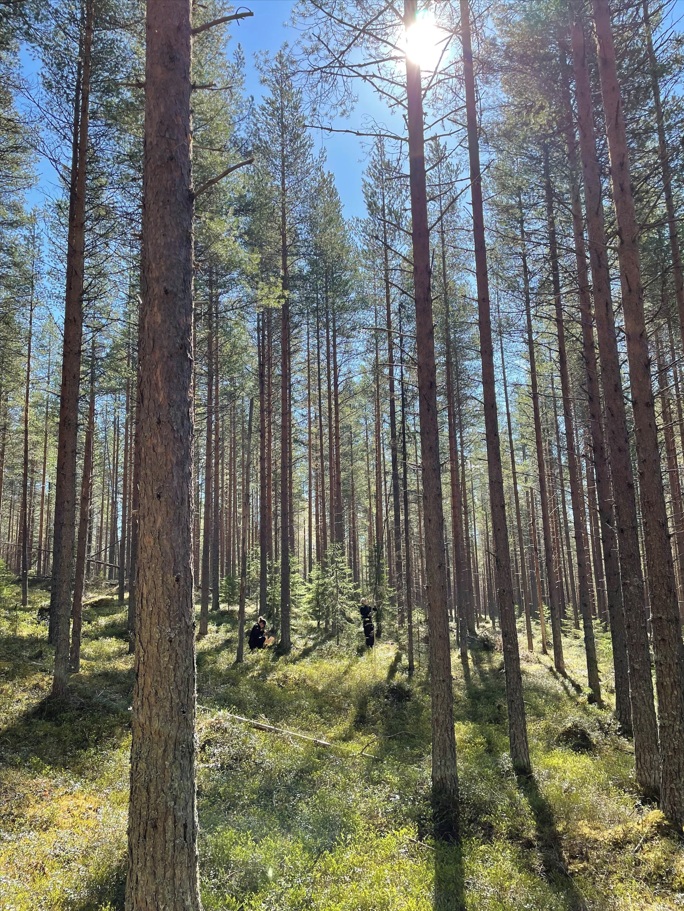As part of her PhD project at the Department of Forest Biomaterials and Technology at SLU, Linnea Larsson is leading innovative field trials to explore how wood ash, derived from forest residues, can be used more efficiently and sustainably in Swedish forestry. While wood ash is already returned to forests in southern Sweden to some extent, it holds potential for maintaining soil productivity after whole-tree harvesting and may enhance tree growth on certain sites.
The project investigates alternative spreading methods for wood ash, where it is distributed on forest land in piles of different sizes and compared to the even distribution of wood ash. The aim is to simplify and streamline the return of wood ash, with the possibility of using empty return transports during forest harvest operations.
The environmental effects of adding wood ash in piles will be investigated in a field trial in coniferous forest on mineral soil. Leakage of elements into the soil and groundwater, as well as uptake by trees and vegetation, will be monitored. In addition to measuring element concentrations, the chemical forms of the added elements will be identified to assess their plant availability.
The field trial will cover both spatial and temporal variation, with sampling carried out at different times throughout the field season, over several years, and at various distances from the ash piles. The study will be conducted at three sites in southern Sweden, at the Asa Experimental Forest, and at three sites in northern Sweden, at the Svartberget Experimental Forest.
By investigating how piles of wood ash affect the surrounding environment and evaluating alternative spreading methods, the project will contribute to a better understanding of wood ash as a forest amendment. Ultimately, this research supports the development of sustainable bio-based value chains and more effective use of bio-based materials.

Field staff during sampling of pine needles as part of the project (photo: Linnea Larsson)